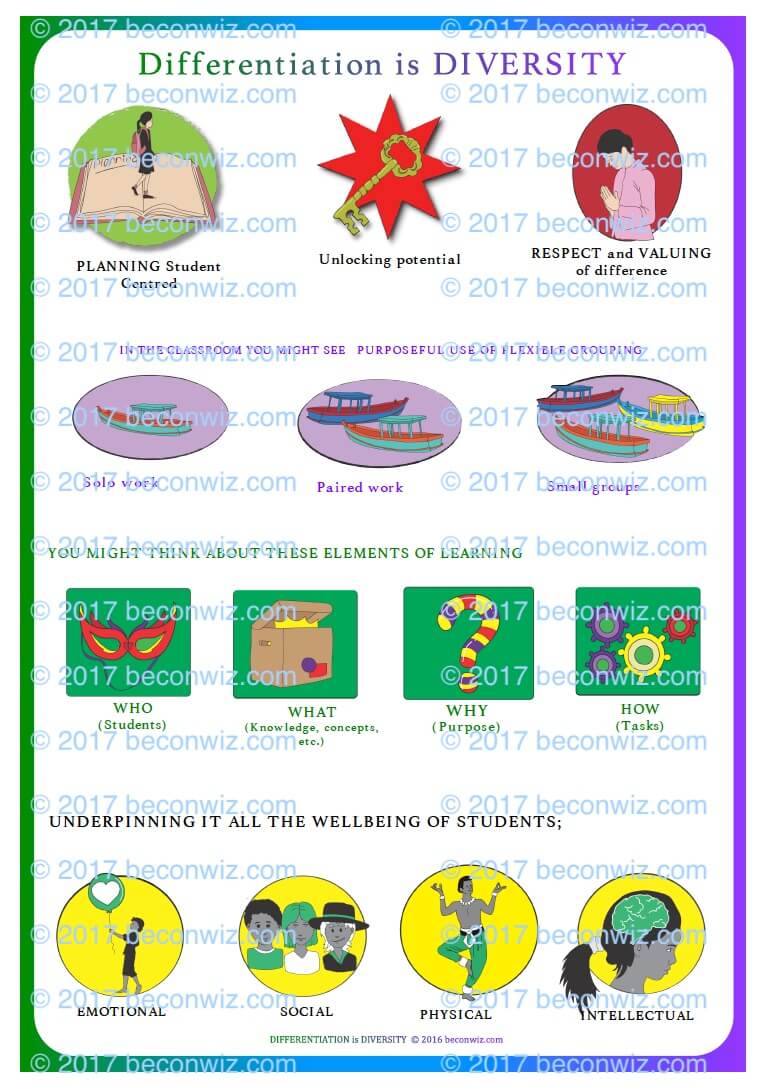ABN 11 902 872 865 © 2017 beconwiz.com – All Resources, ideas and illustrations are copyrighted
For an original and free download of the above graphic or other differentiation graphics in this bog post click here (Large graphic) and here (Smaller graphics)
When approaching teaching and learning through constructivist practices, one of the lovely things it makes apparent is that all learners learn and understand the world in myriad ways. In order to use constructivist practices effectively, a teacher must get to know how her/his different students construct or understand ideas.
At the heart of the constructivist approach is the belief and understanding that we all make sense of the world in different ways, we are all architects of knowledge and understanding, and our approaches will be very different.
This post is about some practical ways to think about the opportunities and purposes for differentiation.
Differentiation is about valuing and working with the rich diversity of learners in our classrooms.
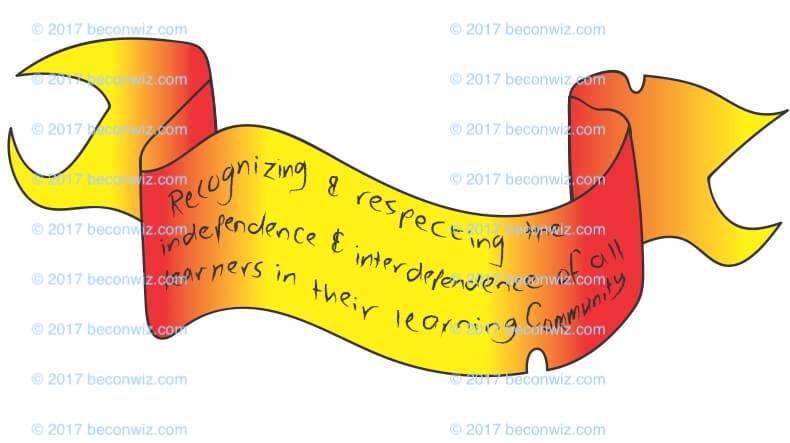
An invitation to ponder and wonder when deciding on groupings what might happen if you think about…
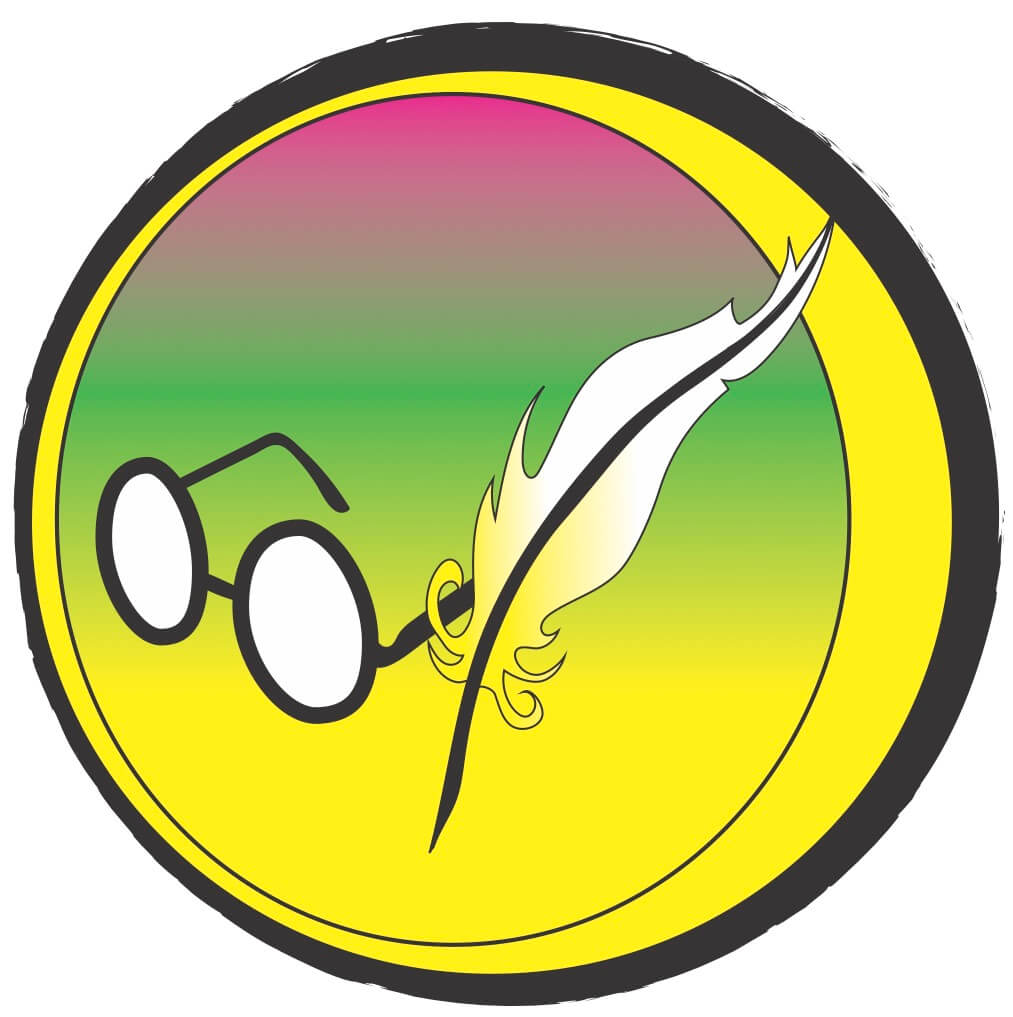
D – Describe details
Looking at classrooms, teaching and learning at the D layer means looking at what could be seen if you glimpsed into a classroom. Then describing the details of what you see or what might be being experienced. It is the top layer of information.
Differentiation the D level
If you walked into a classroom where differentiation was valued and used to support all the learners constructing meaning in ways that make sense to them you might see:
- Students’ working in solo or quiet ways while others work in groups
- Students’ accessing and analyzing ideas using different materials, resources and strategies
- Students doing different tasks with varied foci, but linked to the same conceptual understandings
- Students being grouped in different ways according to different needs.
In the classroom you might see purposeful use of flexible groupings.
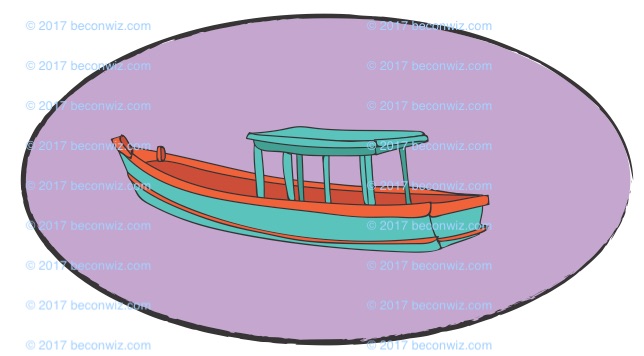


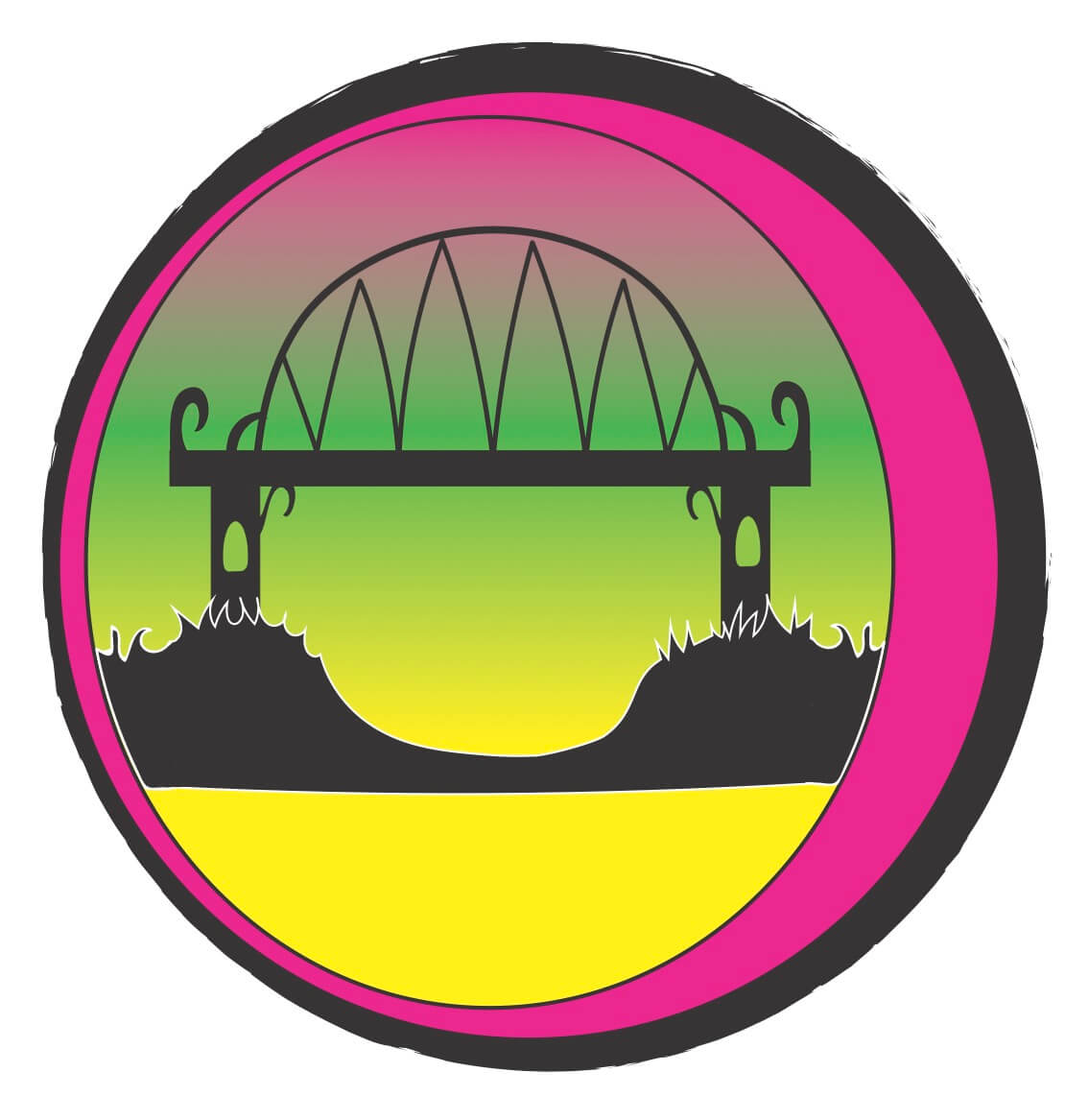
I – It connects to… Inferences
Looking at classrooms, teaching and learning at the I layer means thinking about what the choices made by the teacher are connected to or what inferences could be drawn from what is seen happening in the classroom.
Differentiation at the I level
A teachers who has planned and worked with this group of learners would have spent time thinking about the WHO, WHAT, WHY of the tasks’ purposes and how they link to the learners’ prior knowledge and current needs.
The teacher might have asked
What is the purpose of the task?
What prior knowledge do different students bring to this task?
What are the different needs students have that will influence how they engage with this task?
How might the purpose of the task influence the grouping?
How much voice, choice or agency do the students have in the grouping?
What does the grouping make possible?
What does the grouping limit?
Who does the grouping best serve?
In doing this teachers show an awareness that students think, learn and ultimately construct ideas in a variety ways; that all students begin the construction of new ideas with different base knowledges and experiences to draw on.
Understanding this can allow teachers to differentiate in a multitude of ways based on these different elements of learning.
To differentiate teachers can use these elements of learning


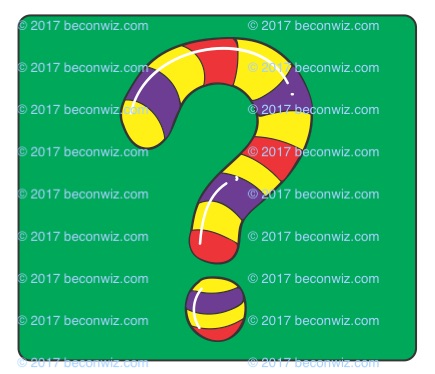
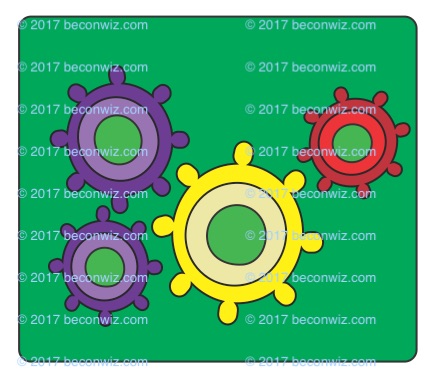
WHO ( Students)
WHAT (Content)
WHY (Purpose)
HOW (tasks)
Teachers can also use the I ASK U model to support differentiation

I LEARNERS’ INTERESTS: Choice and Voice: Supporting agency and choice in the learning process.
Grouping through interests is about finding a way to support learners in becoming actively involved in the decision making process. For students who are finding it hard to engage with learning, there could be an opportunity to differentiate or group based on interests. Example: If the unit of inquiry is about materials and matter, ask the student to think about what this has her/him thinking about and what it reminds him/her of. This can be the starting point for an investigation or inquiry that also becomes a way for the student to find an entry point into the process.
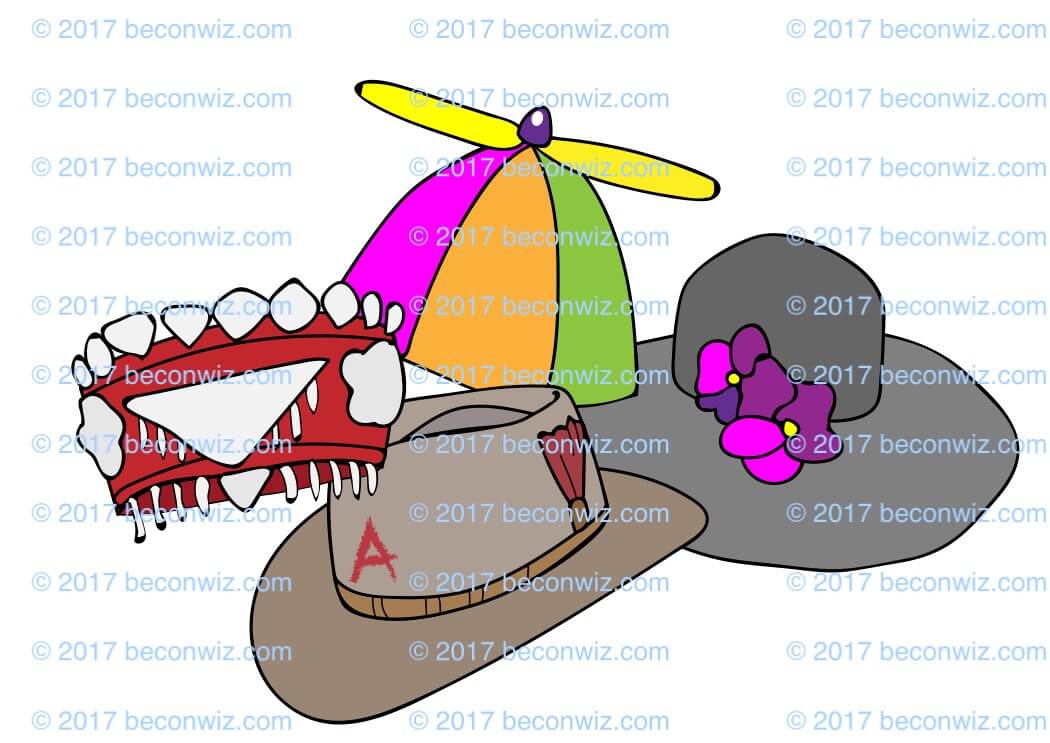
A LEARNERS’ ATTITUDES: Relationships: The relationship learners have with the beliefs, ideas or perspectives of being a learner.
Grouping through attitude is about finding a way to support learners to explore WHO they are as learners. Attitude affects all that the students do and how students engage with problem solving and possibility.
Example: If you are developing reading groups, think about the students who don’t like or think they can’t read, and then develop a group based on this attitude. Develop tasks that explore the relationship they currently hold with the idea of being a reader OR enable the students to explore and investigate other ways of positioning themselves during reading tasks.
I always develop an interest and attitude group before developing skill, knowledge and understanding groups. IF there is no connection, engagement or constructive attitude towards a subject then it doesn’t matter how much fun or useful the other tasks for skill, knowledge or understanding are, the door to learning is shut or limited in what can get past the interests and attitude barrier.
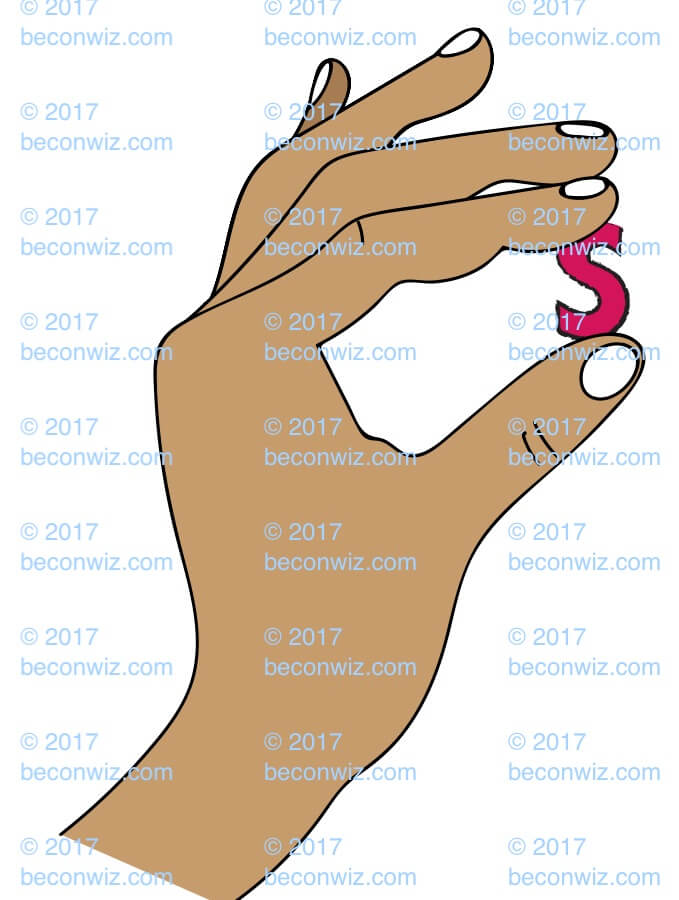
S LEARNERS’ SKILLS: Processes and strategies: Skills and strategies that support learners to engage in the learning process.
Grouping based on skill is about finding a way to support learners develop specific and relevant skills based on their prior knowledge. Skill development will vary greatly among students. Not all students will need to be grouped by skill development needs, but some will. Example: If you are developing mathematical groups to explore repeated addition or multiplicative thinking, you may find that some students need time to focus on basic counting and organizing skills. This group of students could be working on these particular tasks. Others can be working on how multiplicative thinking connects to the real world through an interest based group that connects to their interest about how numbers work in the real world.
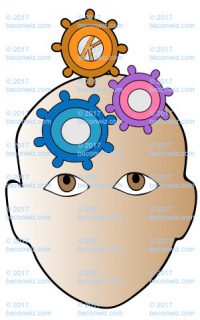
K LEARNERS’ KNOWLEDGE: Details, facts and knowledge about a topic or process.
Grouping based on knowledge is about learners developing specific and relevant knowledge of a topic that builds on and enables an extension of a student’s current prior knowledge. Knowledge development will vary greatly among students. Students will need different opportunities to explore knowledge that is relevant, timely and significant to them individually. Example: If you are developing a unit on persuasive texts and marketing, some students will already have rich and varied prior knowledge about the texts and topics, so they will need an opportunity to extend this and not have to repeat or do the same tasks as students who have limited prior knowledge on the text and topic to call on.

U LEARNERS’ UNDERSTANDING: Concepts: Supporting learners’ meaning-making and enabling learning to become portable.
Grouping based on conceptual understandings is about learners having an opportunity to explore, analyze and reflect on the WHY of learning, the big ideas that underpin all we do and believe.
Conceptual understanding development will vary greatly among students. Students will need different opportunities to explore conceptual ideas so they can link practical experiences, prior knowledges, new learning and attitudes to bigger global timeless ideas. Example: If you are exploring access to resources, probability and statistics through the concept of FORM and CAUSATION, then some students will need to start with tasks that first of all allow them to develop those conceptual lens, while others will already have these understandings and will need tasks that allow them to apply the lens to a given topic.
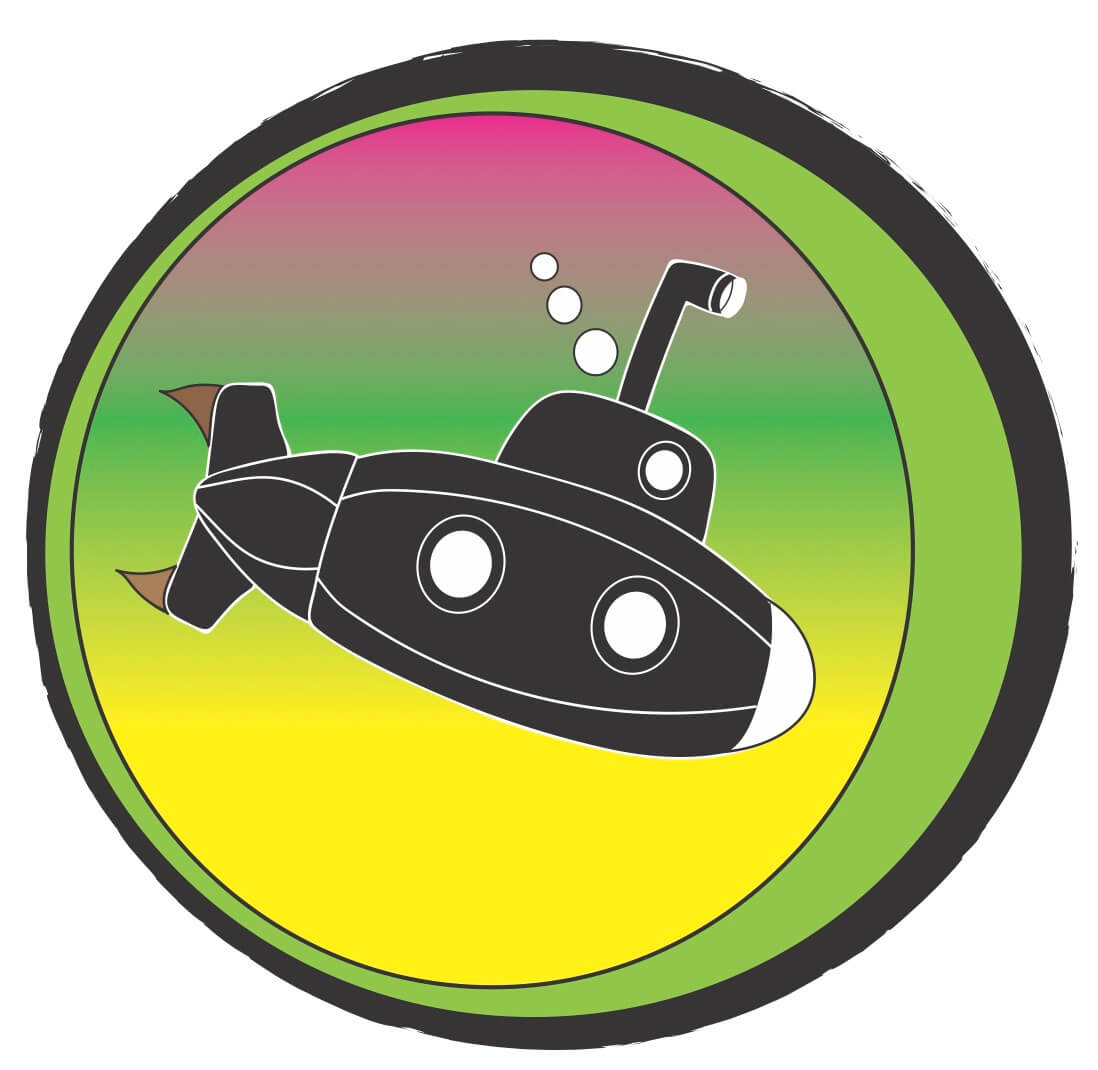
G -Go DEEPER
Looking at classrooms, teaching and learning at the G layer means reflecting on the how the educational philosophies held by teachers and schools will play themselves out in the learners and teachers lives. It is the deepest layer of beliefs that underpin all the other layers.
Differentiation at the G level
By recognizing and supporting differentiated learning opportunities teachers will be helping students to learn in ways that are useful to them which will mean that the construction of new ideas, attitudes, skills, knowledges or understandings will be more achievable for the students. Grouping will no longer be about doing the rounds of learning centers where everyone repeats the same task as everyone else. Grouping will now be based on students’ prior knowledges and current needs.
Working to address differentiated ways of learning doesn’t have to involve a huge amount of work for the teacher. Teachers can use the one task for multiple purposes. Differentiation doesn’t always mean developing different tasks, it mean thinking about the WHY you want a given student or group to do a task, what is the purpose of that task for that student or group.
Take for example the class task is to do story writing. For some students this task will be about developing a love of writing, so when the student does the story writing task, she/he will have free choice about what they write about, they may even spend time talking to other students about what they enjoy about writing which will in turn help he/she to discover new perspectives. Other students in the same class might love writing but need to develop sequencing skills, so the focus is more on the planning and editing phase. Their assessment will be directly skill targeted. Other students in the same class might need to time to develop conceptual understandings of narratives such as the form and features of narratives. They may spend the time looking at the features of narratives and then use ‘writing time’ to become class editors, checking the work of others to make sure necessary features are included. Thus all the students are engaged in the same task of ‘story writing’ but their focus and assessment is differentiated.
By using the constructivist approach to grouping, which is based in groupings that meets individual needs, the teacher is also addressing the IB PYP requirement that all learning should be relevant, timely, significant and challenging for all students.
At the deepest level differentiation is about
- Respecting and valuing difference and diversity
- Making learning relevant and engaging for each student
- Recognizing and respecting the independence and interdependence of all learners in their learning community.

